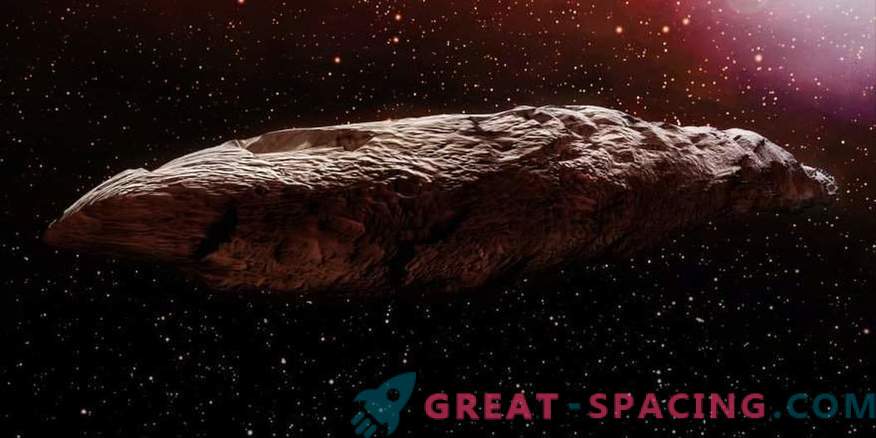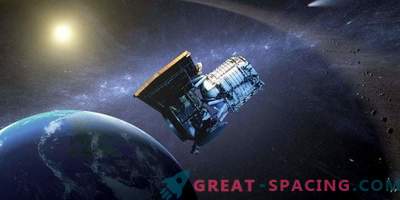
Artistic vision 1I / Oumuamua - the first interstellar object in the solar system
Cigar-like space rock 1I / Oumuamua caused a real stir, becoming the first interstellar visitor found in the solar system. But what is it? An asteroid, a comet or an alien space ship? Astronomers are still looking for an answer, but for now, one thing can be clearly said: there is nothing special about it.
Chances are high that trillions of similar objects drift along the Milky Way. And more precisely, their 10 26. Although 1I / Oumuamua is considered the first guest, scientists note that such interstellar objects should not be taken as a rare phenomenon. Probably the catch is that we did not look for them earlier with great zeal.
In a new study from Harvard University, it is believed that about two similar celestial bodies pass by the Sun every year. They also offer a new way to analyze the composition and origin of Oumuamua through comparing the object with other comets and asteroids in our system. Given the estimated density of interstellar comets, the researchers found that similar 1I / Oumuamua objects collide with our star every 30 years, and somewhere two celestial bodies end up in Mercury orbit every year.
September 9, 2016, our guest approached 0.26 a. e. to the sun. Using the Pan-STARRS 1 telescope (looking for potentially dangerous asteroids) in Hawaii, it was found a month after approaching the Earth. The rock received a Hawaiian name, which translates as “scout”. Astronomers have yet to deal with the exact nature, since the characteristics converge with comets and asteroids.
To become an interstellar traveler, an object must be ejected from its native star system, receiving gravitational amplification from a giant gas planet, like Jupiter, Saturn, Uranus and Neptune.











































